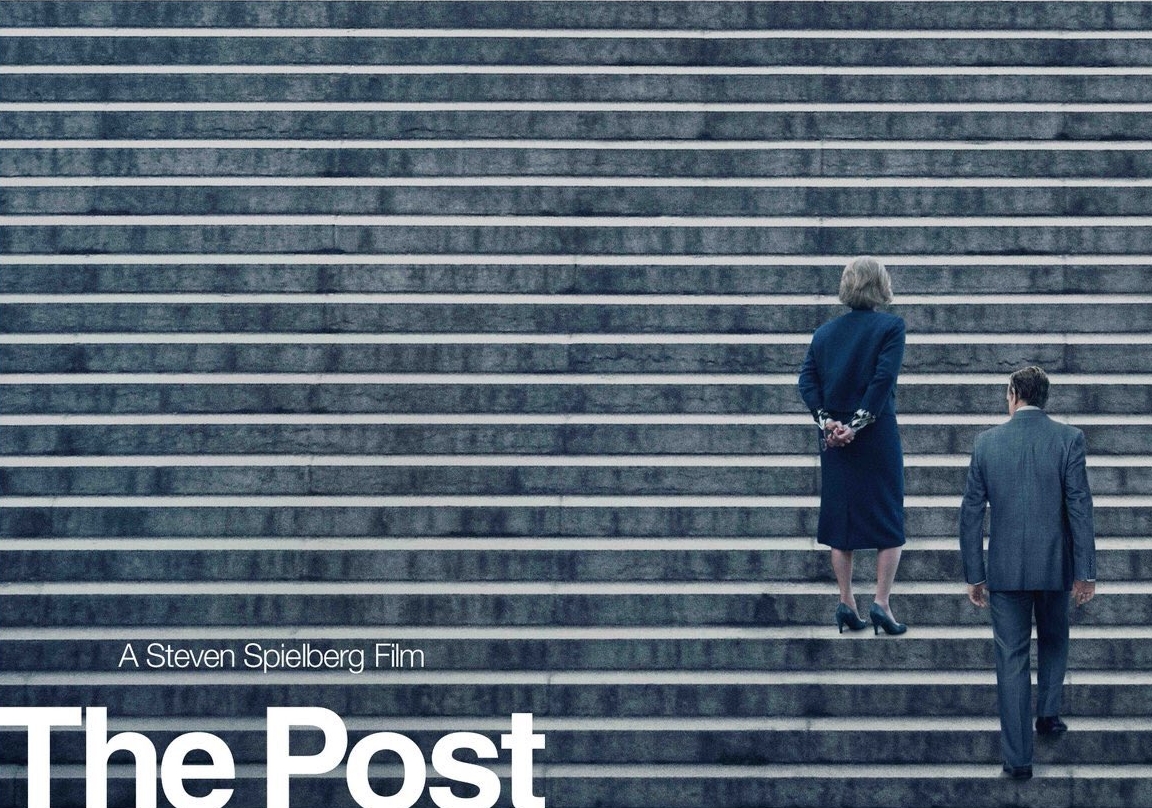Traffik
by Hope Madden
A mid-budget action thriller sees a handsome couple alone in an isolated home suddenly at the mercy of a biker gang.
Well, hell, this could be just about any mid-to-low budget thriller from the Seventies. Writer/director Deon Taylor borrows some of the ideas and themes from Seventies exploitation, updating it with a more contemporary style, slicker editing, modern problems and Paula Patton.
That last one might be the real trouble.
Patton plays Brea, a Seattle journalist who may have just lost her job because she’s too interested in telling the whole story. She’s just not one to turn a piece around quickly enough for today’s 24/7 news cycle.
She takes her mind off things with the surprise trip her boyfriend (Omar Epps) planned.
Traffik builds slowly with overly familiar tension, and Taylor makes a handful of interesting choices. These bikers aren’t just racist and bloodthirsty (although they are that). They are the goons of an international human trafficking organization and Brea, her boyfriend and this pointless second couple are in for some real trouble.
The women in Taylor’s film get every opportunity to make a difference, participate in the action and make reasonable decisions—definitely not a staple of Seventies exploitation. Problematically, Paula Patton cannot act.
A lot of action stars can’t, that’s true, but the film really depends upon Patton’s emotional journey and the woman cannot emote.
Taylor makes up for that by simply ogling her body with his camera for 90 minutes. I have never in my life seen a film more preoccupied by one performer’s nipples than Traffik. It would be problematic anywhere, but in a movie where the heroine hopes to save women from sex slavery, it feels wildly wrong-headed.
Given a couple of turns in the script and the film’s overall Seventies vibe, you wonder whether Taylor sees Patton as the new Pam Grier.
She is not.
The film is not terrible. Dawn Olivieri’s turn as a truck stop druggie will haunt you, and even though you basically know what’s coming, Taylor’s game direction keeps you interested nonetheless. There are a couple of decent action sequences—nothing to write home about—and the pace is quick.
Take Paula Patton (and Taylor’s leering filming of her) out of the movie and it’s not a bad little piece of throwback exploitation.









